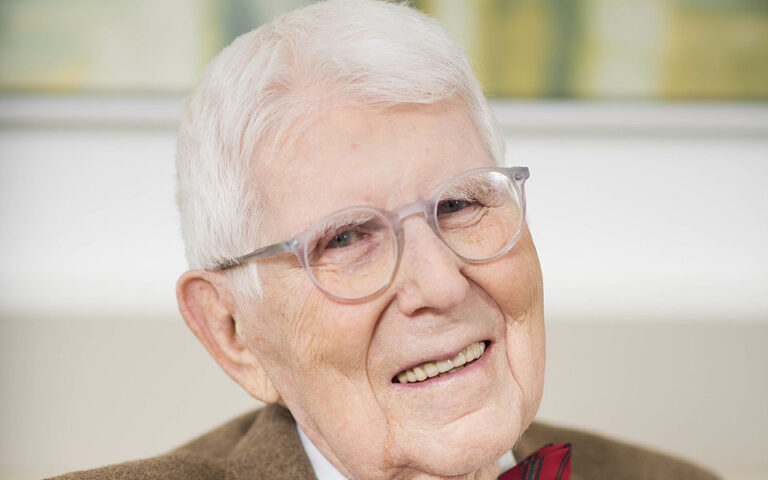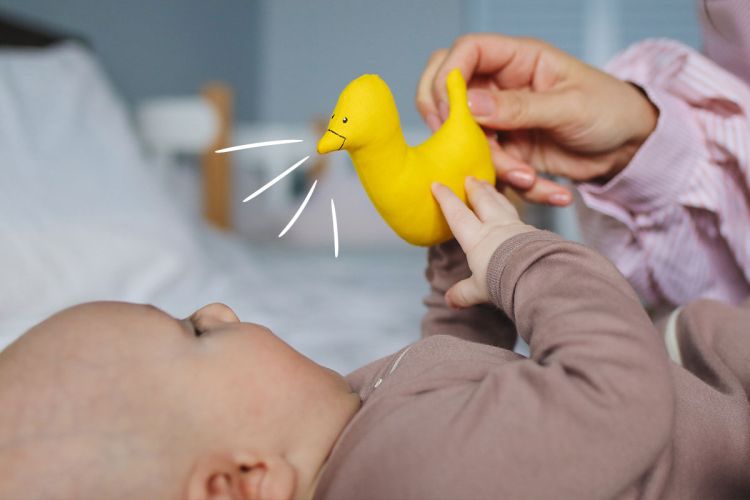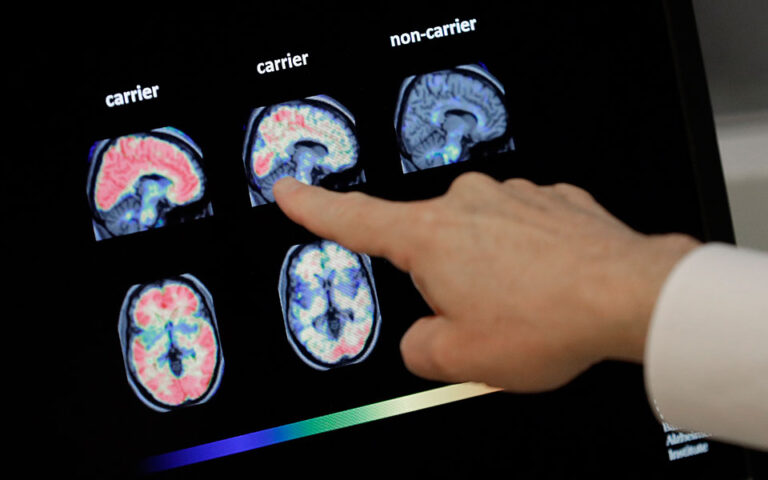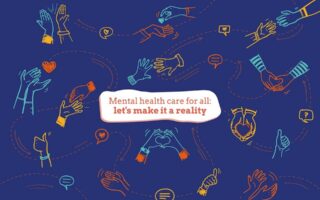
By Emma Young
Watching lecture videos is now a major part of many students’ university experience. Some say they prefer them to live lectures, as they can choose when to study. And, according to a survey of students at the University of California Los Angeles, at least, many students also take advantage of the fact that video playback can be sped up, so cutting the amount of time they spend on lectures. But what impact does sped-up viewing have on learning? The answer, according to a new paper in Applied Cognitive Psychology, is, within some limits, none. In fact, if used strategically, it can actually improve learning. However, what students think is going to be the best strategy isn’t actually what’s most beneficial, Dillon Murphy at UCLA and colleagues also report.
First, the team assigned 231 student participants to watch two YouTube videos (one on real estate appraisals and the other on the Roman Empire) at normal speed, 1.5x speed, 2x speed or 2.5x speed. They were told to watch the videos in full screen mode and not to pause them or take any notes. After each video, the students took comprehension tests, which were repeated a week later. The results were clear: the 1.5x and 2x groups did just as well on the tests as those who’d watched the videos at normal speed, both immediately afterwards and one week on. Only at 2.5x was learning impaired.
When the team surveyed a separate group of UCLA students, they found that a massive 85% usually watched pre-recorded lectures at faster than normal speed. However, 91% said they thought that normal speed or slightly faster (1.5x) would be better for learning than 2x or 2.5x. These new results certainly suggest that this isn’t right: double-time viewing was just as good as normal viewing. It seems, then, that as long as the material can still be accurately perceived and comprehended, it’s okay to speed up playback.
So, a student could just watch videos at 2x speed and halve their time spent on lectures….Or, according to the results of other studies reported in the paper, they could watch a video at 2x normal speed twice, and do better on a test than if they’d watched it once at normal speed. The timing mattered, though: only those who’d watched the 2x video for a second time immediately before a test, rather than right after the first viewing, got this advantage.
The team also explored whether watching the videos at different speeds on separate occasions — initially at normal speed but then at double time, or vice versa — might make a difference to test performance immediately afterwards or a week later. Though 76% of the participants in this study said they thought watching first at normal speed then rewatching at double time would be best for learning, the order actually made no difference to test results. “Thus, although students may prefer certain study schedules or techniques, there are instances where their beliefs about self-regulated learning do not enhance learning outcomes,” the team writes.
The results offer some guidance for students at US universities considering the optimal revision strategy. In a standard college course, a midterm exam might test on material contained in 10 hours’ of lecture videos. So a student might want to watch them in double time when they are released and then again in double time just before the exam. However, the team did only look at one-week delays between video watching and testing, so this would need to be explored in further research.
The researchers do also add a few caveats. While 2x viewing was fine for learning about the material in their studies — real estate appraisals and the Roman Empire — perhaps it might not work for more complex subject matter; again, only more research will tell.
But as so many students do report watching at faster than normal speeds anyway, this work is clearly helpful: it suggests that as long as it’s not more than 2x faster, it’s far from being a bad idea.

















